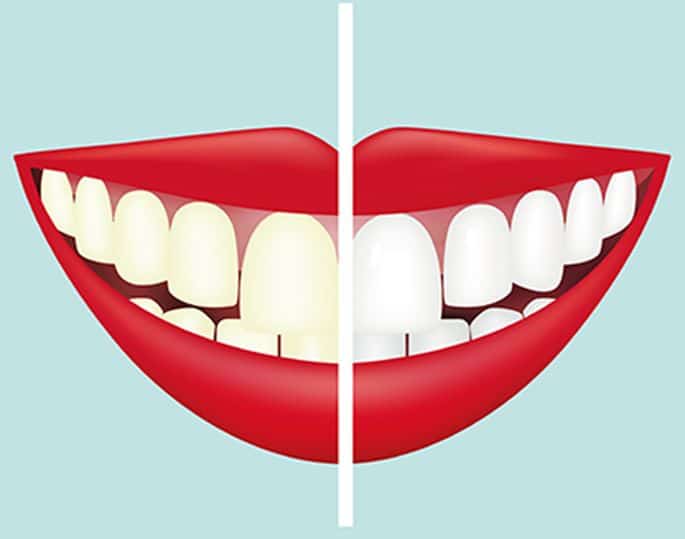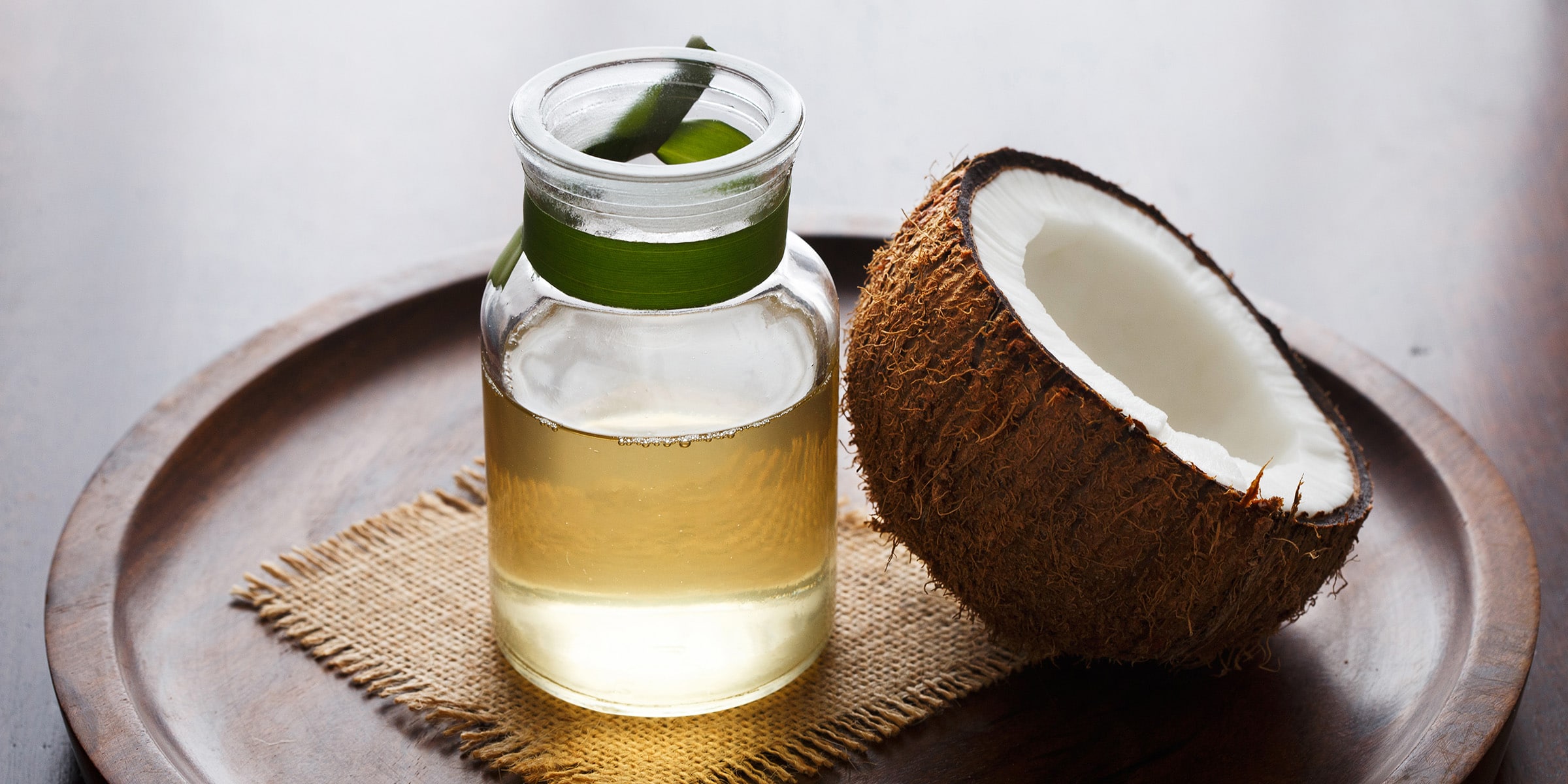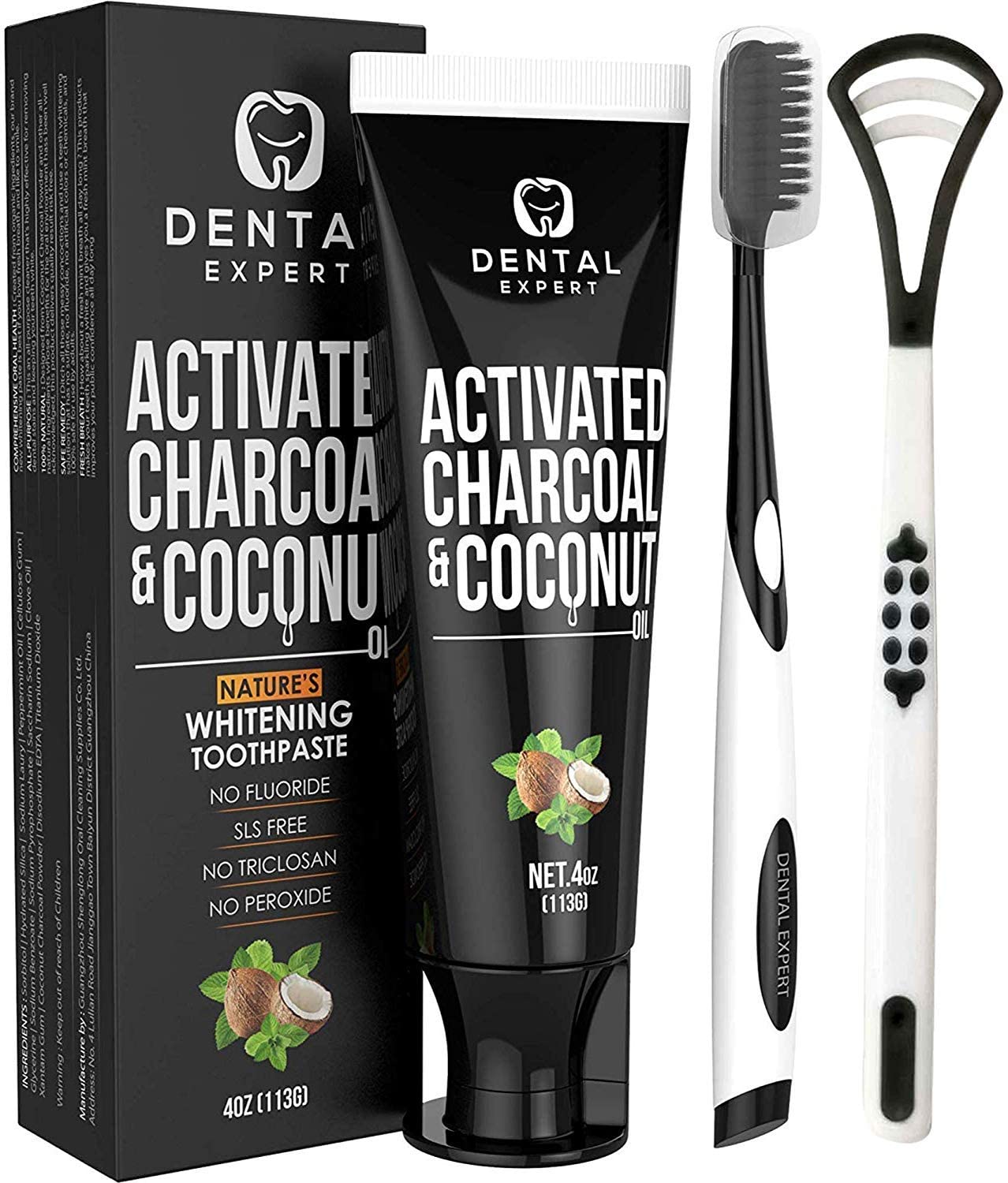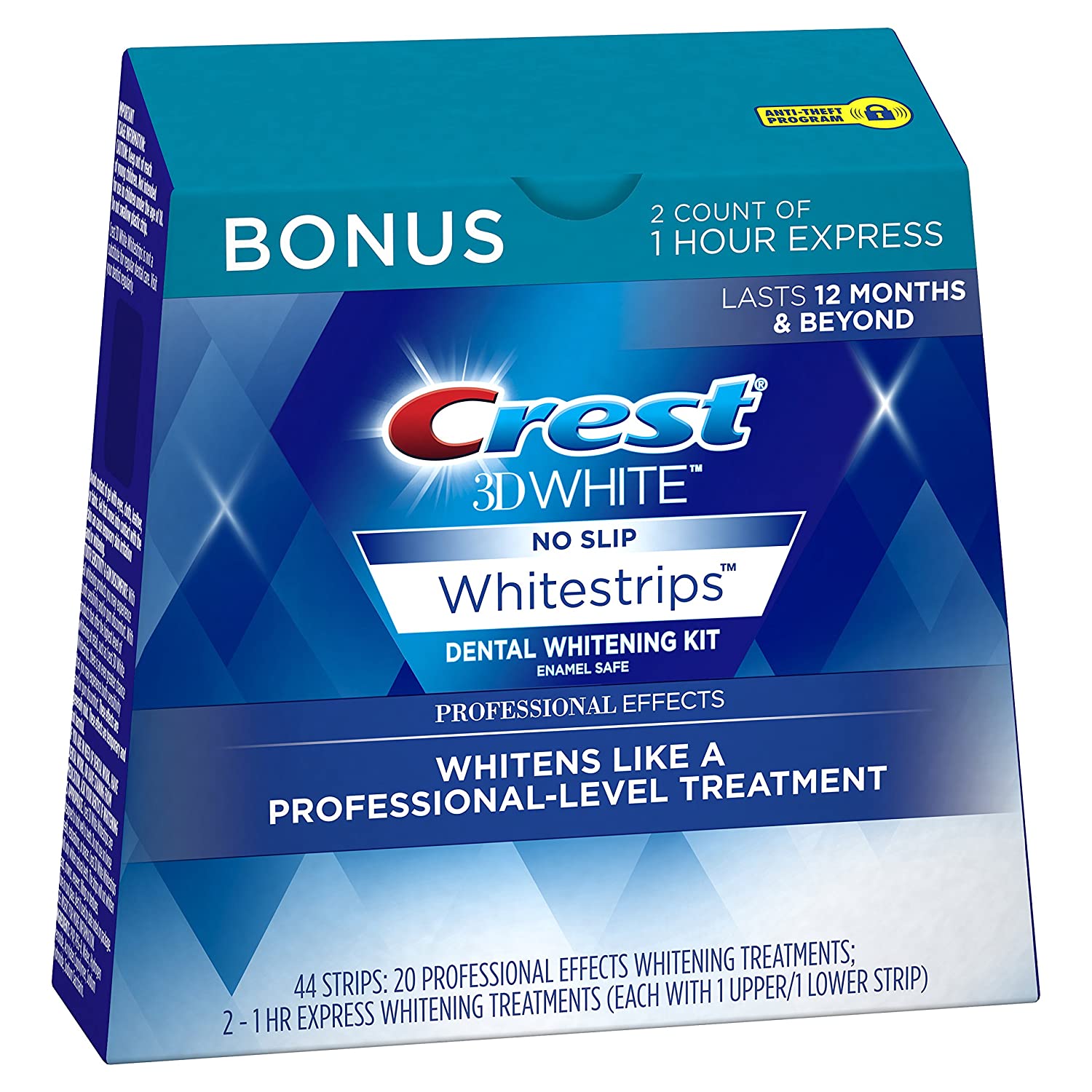There certainly is no shortage of teeth whitening products on the market. People crave white teeth. Which is probably why the teeth whitening industry is one of the largest in healthcare. And with Americans spending billions on teeth whitening annually and even getting creative with natural teeth whitening, it’s like a moth to a flame.
We want what we want.
But what if you’re not sure how to whiten teeth? What if you want to consider natural teeth whitening? Or what if you’re looking for the best teeth whitening product? Without a trip to the dentist for guidance, and with millions of product reviews online, it’s difficult to decide what’s best for you.
Well, let’s talk about all that.
In this article, we’ll discuss how to whiten teeth with natural teeth whitening remedies and how to whiten teeth at home with over the counter products available. Right upfront, you should know, I’m not sponsored by any brands. I’ll give you the tools to select which option is best for you based on ingredients…not based on brands. Ultimately, the choice is yours.
However, I will select one product that if you forced me to choose an all-around best teeth whitening product for at-home, which one would that be?
I’d prefer you read to the end, but in case you’re impatient to find my selection, spoiler alert… It’s this one.
Why Aren’t My Teeth White?
Can I explain something to you? This might be a little bit of breaking news.
Teeth aren’t naturally white.
Well, not pure white. All teeth are actually a variety of different hues including tones of yellow, red, and gray. Even people born with the whitest teeth in the world, do not have pure white teeth. They may look white against the lips or in particular lighting, but when you compare teeth to a pure white piece of paper, you’ll see what I mean.
And that is… how it should be. Teeth that are chalky white aren’t comfortable to look at. If teeth were pure white, it would look fake. It would look robotic. And that’s not an attractive look.
So when we discuss how to whiten teeth, you must have proper expectations. The teeth should be white, but not bone-dry glow-in-the-dark kind of white.
What Causes Teeth to Discolor?

Discoloration of the teeth is part of normal aging. But here’s the good news. Unlike some types of aging, tooth discoloration can be prevented.
Several factors cause teeth to become dark and lose their sparkle.
It comes down to the fact that over time we use our teeth. The foods we eat, drinks we drink, and lifestyle choices we potentially make like smoking, all drench our teeth in various degrees of stain. The stains over time collect in the enamel which is the outer layer of the teeth.
During use of our teeth, wear of the enamel can occur. When the enamel wears down it exposes the darker parts of the teeth that lie beneath the enamel. The next layer below the enamel of a tooth is called dentin. The dentin is yellowish in color. So if there are worn areas of the tooth or recession of the gums, the teeth may look more yellow as the dentin begins to show through.
And finally, just like your white car looks darker when you drive through a puddle. The teeth are the same way. Plaque can collect on the teeth and the accumulation of plaque has a tendency to collect stains. By having a professional cleaning, the plaque is removed and the teeth can look brighter.
How to Whiten Teeth: Natural Teeth Whitening Options
If you’ve been on youtube or Instagram lately, you’ll notice there are tons of trends regarding natural teeth whitening. We’ll talk about some of the more common techniques, discuss what they are, and give the verdict if they work or not.
If you’re interested in learning more about teeth whitening products and kits, skip ahead to the next section.
Oil pulling

In recent years, the idea of oil pulling using various types of inexpensive cooking oils has gotten quite a bit of press. And I must admit when I first heard of it, I thought to myself, gosh that’s has got to be a bunch of gobbity gook. It didn’t seem to make any sense.
But then some studies started coming out which showed some benefits to oral health and overall health. And I came around a little bit… an emphasis on a little.
Basically, oil pulling is an ancient folk remedy that makes a lot of claims. It claims to whiten teeth, freshen breath, and reduce the chance of cavities.
Think of the concept like cleaning a greasy pan. If you use water to clean a greasy pan, what happens? The grease repels the water and it’s difficult to clean. But if you use soap without water, the greasy suddenly slides right off onto the sponge.
Oil pulling is more of less the same concept. There are certain substances that cling to the teeth that are oil-based. The technical term is hydrophobic, essentially a repel of water.
Therefore, using a compound with an oil base helps to clean those hydrophobic substances off the teeth.
How to Whiten Teeth with Oil Pulling?
The concept of oil pulling as a natural teeth whitening aid involves swishing, yes you guessed it… oil around the mouth. And the concept is pretty similar to using a mouthwash, except with a little longer use time.
You use about a tablespoon of oil and then simply swish it around for 10–20 minutes.
The way oil pulling works is simple — it’s just like washing a greasy pan or washing a paintbrush if you’ve ever worked with oil paint. When you swish the oil around your mouth, any plaque that is oil-based gets swept away and dissolve in the liquid oil.
The concept of oil pulling a natural teeth whitening aid should work with many different types of oil, but most people recommend usig coconut oil because it has the best taste of the oils.
However, you could also use sesame oil or olive oil for the same effect.
The Verdict: Is Oil Pulling an Effective Natural Teeth Whitening Aid?
So here’s the deal with oil pulling. You have to take the claims with a grain of salt. There are some studies that show that oil pulling helps to reduce gingivitis, reduce plaque, and reduce caries. But with that being said, oil pulling should be looked at as a secondary aid and not as a primary replacement for other oral hygiene methods.
And you know what else? There is some anecdotal evidence that oil pulling is effective for teeth whitening but the peer reviewed studies don’t show it is effective as a natural tooth whitening aid.
So here’s my verdict. Oil pulling may have benefits and appears to be low risk. It’s safe to try, but may or may not provide any effect as a natural teeth whitening alternative.
Fruit Peels and Rinds
The past few years you may have seen some celebrities touting natural teeth whitening by rubbing fruit peels or rinds on their teeth.
The concept involves using a tangerine, orange, banana, or lemon peels and gently rubbing it on your teeth. Keep rubbing it for about 2 minutes, then thoroughly wash your mouth and brush your teeth.
There aren’t many full-scale studies of the effectiveness of this technique. However, there are some smaller laboratory studies. One small study supported that participants did have a natural teeth whitening affect by rubbing tangerine rinds on their teeth.
It is believed the peels of fruit serve as a natural teeth whitening aid because of citric acid. The citric acid theoretically helps in teeth whitening.
There is also some promise that strawberries and pineapples contain natural ingredients for teeth whitening.
While strawberries may help exfoliate your teeth and make them appear whiter, they are unlikely to penetrate the stains on your teeth.
One study found that a mixture of strawberries and baking soda produced a slight color change in teeth, and another study found that a toothpaste containing bromelain, an enzyme found in pineapples, was significantly more effective at removing tooth stains than standard toothpaste.
The Verdict: Are Fruits and their Peels a Natural Teeth Whitening Aid?
The studies of how fruits and their rinds serve as a natural teeth whitening aid are inconclusive.
Although some studies have shown some benefit for teeth whitening, I question the control of those studies. One study was conducted with a mixture of strawberries with baking soda which puts into question… was the affect achieved by the strawberries or the baking soda?
In another study in which rubbing tangerine rinds produced a whitening effect, one would question was it the tangerine ingredients or simply the rubbing motion that worked off the stains?
The other concern is that fruits often contain sugars, and rubbing sugary rinds on your teeth can increase risk of tooth decay or enamel erosion. Not a fair trade for white teeth.
At this time, the idea of fruits and their rinds may have promise as a natural teeth whitening aid, but more research needs to be completed for me to recommend it at this time.
Prevention
Do you know what the most incredible health superpower humans has is?
Preventing health issues.
If you want to be a superhero when it comes to health, that’s the secret.
While teeth naturally will darken with age, there are certainly things we can all do to help prevent stains and the darkening of our teeth overtime.
Try to limit foods and drinks that stain your teeth. Some of the worst offenders for teeth staining are coffee, red wine, sodas, and some of the dark fruits.
The thing about diet is that it’s effect on our teeth is cumulative. The teeth have small pores on the teeth and overtime the teeth begin to take in these stains which slowly darken them from the inside out.
But here’s the trick. If you have a dark food or beverage, try to rinse your mouth thoroughly with water soon after you eat. Make it a habit. By rinsing the stains off the teeth, it prevents the teeth from accumulating internal stains over time.
Another big offender that darkens our teeth over time is routinely smoking or using chewing tobacco. Both these habits do a number on our health as well as our teeth. And yes, I know its easier said than done to quite, but at least think about it.
Cessation of smoking will take planning and resilience but its something that I’m certain will have massive benefits for your future. So why not give it a go? If you need help, check out the resources here.
How To Whiten Teeth: Best Teeth Whitening At-Home Products
Hydrogen Peroxide
Hydrogen peroxide is like the Uber for teeth whitening.
When hydrogen peroxide contacts the teeth, a reaction occurs. The reaction creates two bi-products—an oxygen radical and water.
The oxygen radical is a stain shuttle service.
It shuttles into the top layer of the tooth and through a process called oxidation, it shuttles stains out of the tooth.
Hydrogen peroxide is the most studied, and most proven ingredient available for teeth whitening on the market. When you look at the stores in the teeth whitening aisle, the majority of products utilize hydrogen peroxide or carbamide peroxide which is a close derivative, as the main ingredient.
So how do you choose?
There’s only two things to consider. The percentage of the hydrogen peroxide and the ability for the product to stay in contact with the tooth without washing away.
A higher percentage of hydrogen peroxide means the product will react more. Therefore creating whiter teeth in a shorter period of time. If you have sensitive teeth you may opt for a lower, slower percentage than if you’re teeth are ironclad.
The second most important thing to consider is how well hydrogen peroxide stays in contact with the teeth. The hydrogen peroxide whitening products are available in a variety of methods. For example, in a gel, liquid, powder, strips, or in-trays.
Because the product must be in stable contact with the tooth for at least 15 minutes strips, gels, and trays are generally more effective methods than whitening rinses, and toothpaste for whitening teeth with hydrogen peroxide.
Oh and in case you’re wondering if those blue lights sold with the whitening kits is worth the extra spend, check out my article dedicated to investigating the whitening lights here.
The Verdict: Is Hydrogen Peroxide the Best teeth whitening at home product?
The studies have spoken and whitening products utilizing hydrogen peroxide in either strips, trays, or gels are highly effective and user friendly for teeth whitening at home.
Judging from an effectiveness level, products containing hydrogen peroxide may very well be the best teeth whitening option.
Charcoal Toothpaste

If you search amazon you’ll find quite a bit of toothpaste containing charcoal that claim to whiten teeth.
Admittedly, I’ve had patients which have elected to purchase charcoal toothpaste and have some pretty amazing results with its use.
However, I say that with a caveat…
Because the clinical studies haven’t found that to be the case. In one literature review which reviewed many studies of charcoal toothpastes it supported that although 96% of marketed charcoal toothpaste claim a whitening effect, there is minimal support of this in clinical studies.
How to Whiten Teeth with Activated Charcoal Toothpaste
Activated charcoal is a fine black powder made from bone char, coconut shells, peat, petroleum coke, coal, olive pits or sawdust. The compound has recently started to be added to toothpaste.
The active ingredient of the compound isn’t fully proven, but I would presume any whitening benefit is achieved by an abrasive effect.
Think of the charcoal as a mini-brillo pad. Say you have a stain on your stove and you’re trying to scrub it off with a sponge, but its not effective. What do you do? You look for something more abrasive. So you bring out the brillo pad.
The activated charcoal appears to serve the same purpose. It helps to remove tough stains by abrading them off. But the one caveat is that you risk abrading away the surface of your enamel if used over a long period of time.
The Verdict: Is Charcoal Toothpaste an Effective Way How to Whiten Teeth?
Most benefits of charcoal toothpaste seem to be from abrasion.
But the downside is that it appears to increase abrasion to enamel over time. I wouldn’t say charcoal toothpaste is the best teeth whitening product, but it may have some benefits if used sparingly.
Whitening Toothpaste Containing Baking Soda
Brushing with baking soda is an old school technique to whiten teeth. And although people used to put baking soda directly on a toothbrush, we found out that wears the luster of the enamel away pretty quickly.
Enter toothpaste with baking soda. The idea is to retain the benefits of baking soda for whitening while also being less abrasive.
Researchers in a number of studies have reported that, in spite of its low abrasivity, toothpastes containing baking soda are more effective in stain removal and whitening than some non–baking soda that are even more abrasive.
The concept seems to have some merit in being more forgiving on the teeth while also not wearing them away.
And that’s not all. In a 2012 study, researchers found that toothpaste with baking soda was effective in whitening the teeth during use, but it also had an effect to decrease the accumulation of stain even after cessation of use.
The Verdict: Is Whitening Toothpaste Containing Baking Soda the Best teeth whitening at home product?
The studies support that toothpaste containing baking soda is both effective and of low risk as an option for how to whiten teeth.
It may not give drastic results if you’re looking for an immediate result, but using it long term can assist you in maintaining whiter teeth.
The Winner: How to Whiten Teeth at Home – The Overall Best Teeth Whitening Product

If I had to choose one product for how to whiten your teeth at home, it would be a product that contains hydrogen peroxide and has a delivery system that allows the hydrogen peroxide to stay against the teeth without washing away for at least 20 minutes.
After reviewing all the options, if you held my feet to the fire and asked me to select one product as the best teeth whitening option, it would be…
Crest 3D White Professional Effects White Strips
Now, brand doesn’t particularly matter, there may be other brands with similar active ingredients that come along, and now you know how to evaluate them. But for now, that would be my selection as the best overall option with all things considered.


